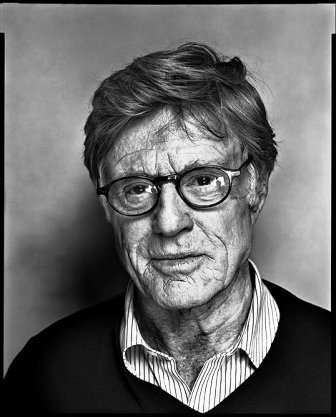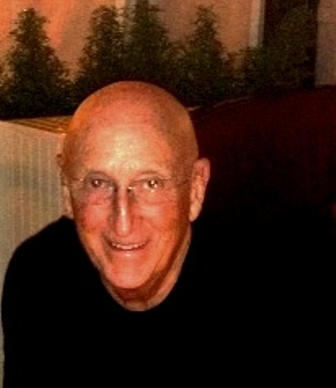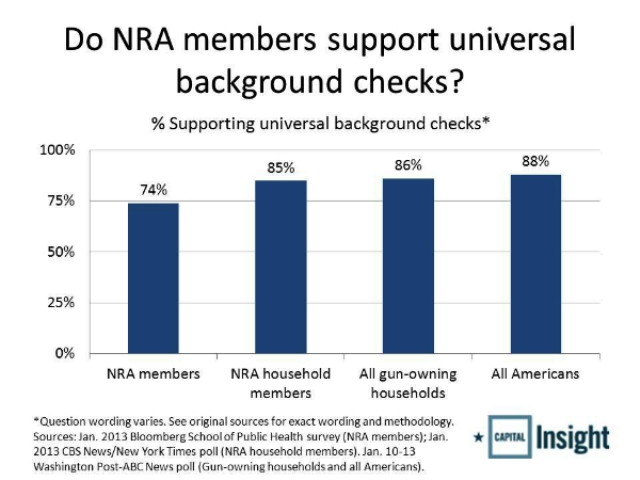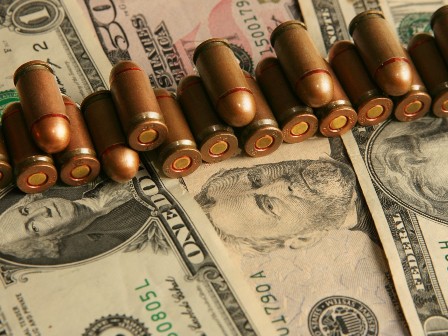
“The closing years of life are like the end of a masquerade party when the masks are dropped.”
Arthur Schopenhauer
Robert Redford is my age, and it’s clear that until recently he had an edge in the good looks department. I’d say it’s a tossup now. He still has the great hair and the penetrating blue eyes. I have neither. In the end it’s not about the faces although they do command attention. George Orwell said, “At age 50, every man has the face he deserves.” I’m happy with mine and I feel certain that Robert Redford is happy with his. There aren’t a lot of good options when it comes to growing old, but it feels right to allow age to arrive naturally. He obviously feels the same. Neither one of us wants to go under the knife and end up looking like Kenny Rogers or Bruce Jenner. At this point in my life I feel lucky be able to look in the mirror – no matter what I look like. Every day people I know or admire show up in the obituaries along with pictures that prove the point, and it causes most of us to think more about mortality than we like to admit.
This isn’t a maudlin, cranky, feel sorry piece about getting old. Yesterday I saw Mr. Redford’s latest film, The Company You Keep, and it triggered a series of reflections on age, youthful idealism, family, choices made, consequences, and what Conrad called “the villainy of circumstance”. It’s a good film and worth seeing, but the audience demographic was surprising – they were all my age. Redford is 76 and the events depicted took place 50 years ago. I thought it would appeal to a larger audience, but maybe that says something about Mr. Redford and me too.
Recently there have been a slew of films exploring both age and mortality – The Best Exotic Marigold Hotel, A Late Quartet, Amour, and the quirky Quartet with Maggie Smith, Tom Courtenay, and Billy Connelly. The Company You Keep is a stylish big budget movie with big name stars (Susan Sarandon, Julie Christie, Shia LeBeouf, Nick Nolte, and Sam Elliot) and a thriller plot. The other films are smaller in scale, focused on relationships, and do a somewhat better job of exploring the dynamics of growing old and coping with its issues. What I have liked about the recent ones is that the characters continue to be interesting, vibrant, alive, and having a good time. The endgame can be upbeat.
A friend recently said to me “It’s the surprise of being so old and still acting like an adolescent from time to time….” He’s right; age sneaks up on us and when we realize it we tend to act out. We go on to deny or ignore it until the grieving process, not wholly conscious, kicks in. I don’t “feel” old. I still have the same youthful enthusiasm I’ve always had for tennis, skiing, guitar playing, adventure travel, and meeting new people, but when I look in the mirror it’s written there. My children are in their 30’s, 40’s and 50’s. I have a child who is 53 years old. That can’t be… can it?
The recent bestseller by Michele VanOrt Cozzens called The Things I Wish I’d Said reminds me that there is nothing like having unfinished business with someone who is dead. I felt that way when my father passed away unexpectedly, and I suspect my children will have some of the same feelings. When we’re younger we don’t think much about it, but when we’re in the zone we think about what’s left to be done. I feel OK about it now and think I’ve done a lot of that work, but I know I’ll never get right with everyone in my life. I try to be straight and hope that they know that I love them. In the end, we all want to set things straight and to clear the air.
Am I having a problem with growing old? You bet. I don’t go to reunions because I hate being trapped in a roomful of old people, and I also have a problem with other people’s age-related expectations. Some of these feelings are normal. My own parents had expectations that differed from mine and so do my children. I love my kids and their kids, but I know that I’m not a traditional grandparent. Maybe later, but it’s safe to say that there isn’t much time left for later. At this point I’m still too restless to give up the quest for something new and interesting. I see Lucie and Benny, two of my grandchildren, once or twice a week and love it, but being a caregiver is not who I am even at this age. I haven’t stopped working and I’ve been lucky enough to find meaningful work even ten years after the normal retirement age. At 72 I was asked to take a job in Saigon and when that job ended at 75 I started looking for something new.
From what I know about Redford he has the same restlessness and curiosity. It may be the secret to maintaining a quality life. Keep busy. Stay engaged. Find new projects (or a new job). Enjoy what you have. Accept who you are. Try to live without regrets. Sooner or later the end will come – maybe sooner, maybe later. Over the years I made choices, some good and some bad. I can’t change those choices now. I have to live with them even though some of them have caused others pain. I’m sorry for the pain but after a sincere effort to make amends it is not my problem anymore. I have lost a couple of friends and a family member and that has been painful, but acceptance is the last stage of the grieving process and I think I’m there.
At the end of the masked ball, when the masks are dropped, what is revealed? Am I living well and doing good? I think so. I hope so. My biggest regret is that when I go I won’t be able to see what happens in the lives of those I love. I’m not ready to cash in yet, but I do want to go on the record as having no regrets.
“You end up as you deserve. In old age you must put up with the face, the friends, the health, and the children you have earned.”
Judith Viorst







































